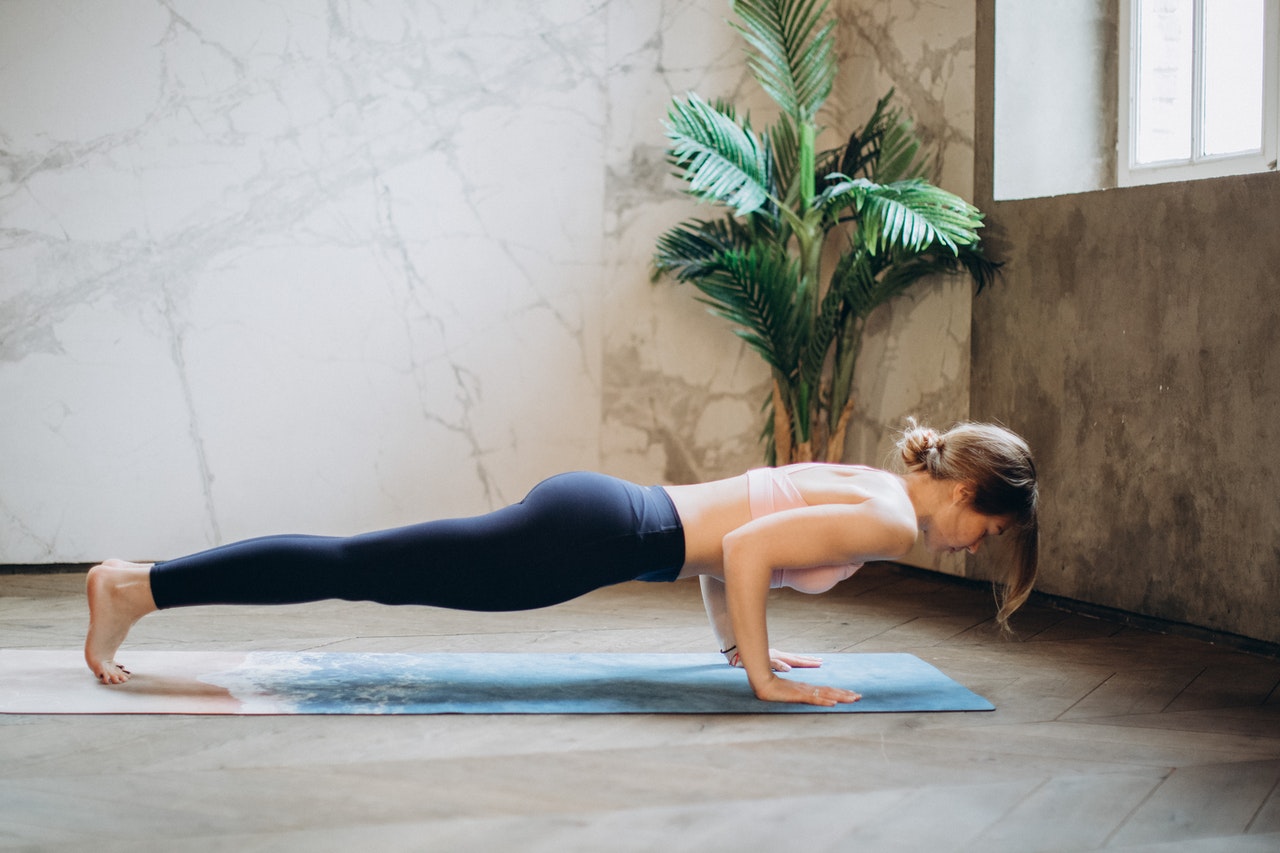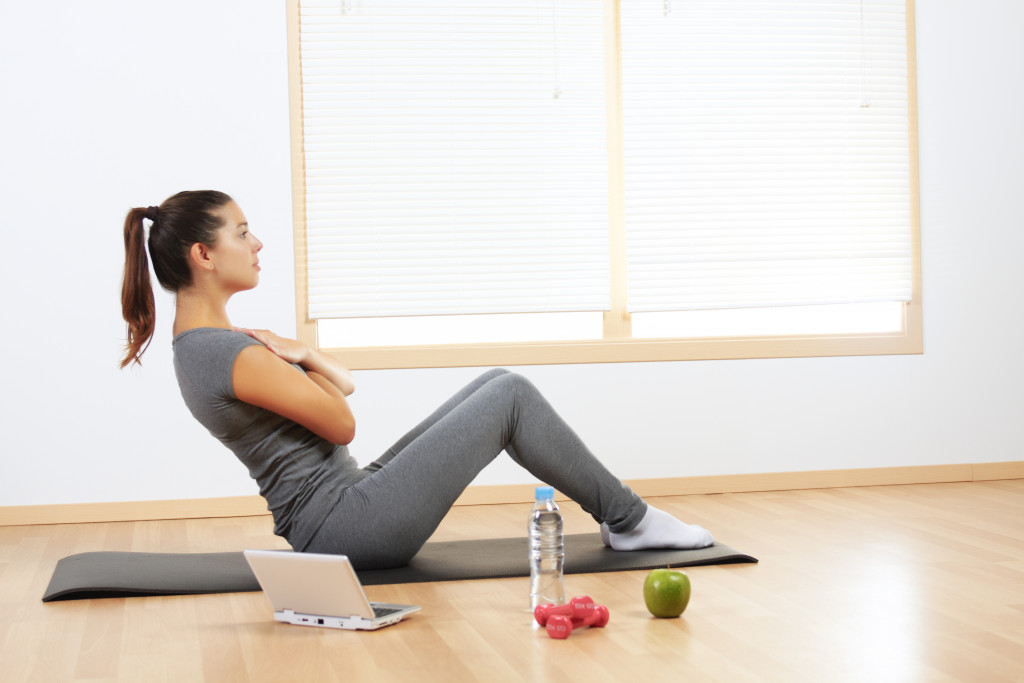During the COVID-19 pandemic, going to the gym has become harder. First, people are advised to stay at home. Second, the virus can spread easily in gyms.
Korean researchers found that droplets in the air are more likely to spread in the moist, warm air of the gym. Another factor that contributes to this is the turbulent airflow within the confined space. Droplets can stay in the air for up to 3 hours.
The length of the fitness exercise affects the transmission as well. The study found that “transmission was detected in fitness classes that were about 50 minutes long, were held in a studio measuring around 645 square feet, and included anywhere from 5 to 22 people,” stated on Healthline.
While it’s risky to go back to the gym, people find ways to keep their fitness level high while staying at home. Home workouts are the safety blanket for staying healthy despite having to stay home. Since it’s not a place built for this specific purpose, there are potential risks that can lead to injuries. To avoid this, it’s best to have some safety precautions.
Workout on Flat and Stable Grounds
Rigorous workouts are accompanied by intense movements. Sometimes, when the exercise gets amped up, people become less aware of their surroundings. Finishing a set is a challenge on its own. There’s not much space to think about anything else.
A simple bump on the pavement can make you trip while sprinting. Uneven ground can cause you to fold and sprain your ankle during jump rope. Therefore, making sure that the surroundings are safe will save you the headache of an injury later. These little irregularities can be fixed by walkway repair to ensure your safety while working out outside the garage or other outdoor spaces.
Look at Yourself in the Mirror
The necessity of a mirror at the gym is not out of vanity. Since you might be exercising on your own, there’s nobody to check your form. The form gives you the results that you’re looking for. At times, improper form triggers certain muscles that shouldn’t be included in the exercise. It also prevents injuries and over-exerting your muscles.
It’s crucial to keep checking on your form in the mirror. A tiny shift in the way you bend, lift, stand, or sit can make so much of a difference. A good rule would be checking your form when you feel any unhealthy and unnecessary discomfort while finishing your sets.

Go on Zoom With Your Coach
Since social distancing started, Zoom workout sessions became a thing. People gather through video calls, set up their equipment in front of the camera, and workout together. These sessions are guided by professionals, too. These allow you and a bunch of other people to follow a program in synchrony. As a result, it’s like exercising on your own—but not really. It’s an effective way to mimic social interactions at the gym.
Through this, they can check on your form and correct it. In a way, it’s better than looking after your form by yourself because a professional can tell you if you are, indeed, getting it right.
Warm-Up and Cool Down
You might think that going up and down the stairs a couple of times in the morning while doing chores is a warm-up. In the same token, you might forget about cooling down because a cold shower sounds so good right after the workout. There are a lot of distractions at home, and fitness life is not immune to this.
Sure, going up and down the stairs can be a warm-up, but you need to make sure you increase your heart rate. Doing so while putting on effort and a little speed may constitute a warm-up. It also helps to watch warm-up videos on YouTube before working out. This way, you will be guided and forced, especially when you don’t know what to do.
Go Easy on Yourself
Staying home more than you used to may have made you lethargic. Because of this, the body may not be as used to intense workouts as before. Working your way into the same fitness level, you had before social distancing will need time and gradual progress.
Additionally, home exercises may not be the same as what you had at the gym. You’ll be surprised at how differently these exercises work the body. Yoga and weightlifting, for instance, use the body differently. Even though you can carry hundreds of pounds at the gym, yoga may still make your muscles shake.
Giving your body time to adjust is essential in this new setting. Don’t be too hard on it.

